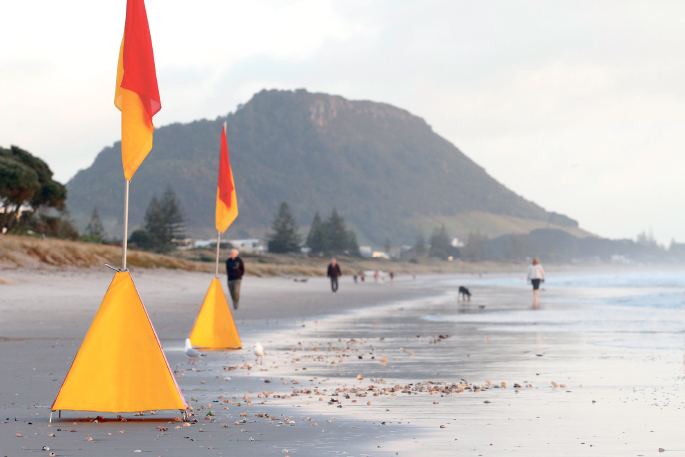New Zealand’s 2018 preventable drowning toll might be the second lowest in 20 years but officials warn there is no room for complacency.
The provisional toll is down from 92 in 2017 to 68 in 2018. This is the second lowest total on record after 2010 with 64.
The Waikato region had its lowest toll since records began, down 55% on the five year average. Auckland and Bay of Plenty had the most fatalities with 13 each followed by Northland with eight.
Water Safety New Zealand CEO Jonty Mills says while the number is encouraging it has been a summer of rescues and lucky escapes with frontline emergency services reporting record numbers. “One preventable drowning is one too many. We need to see a continual downward trend in the toll over a number of years.”
“The water safety sector is doing a fantastic job keeping people safe in, on and around the water. Frontline services, the likes of Surf Life Saving and Coastguard are largely dependent on volunteers and donations to continue the important work they do,” says Mills.
Notable from the statistics for 2018 is the high number of fatalities in the 65+ group with 18. That’s five more than the five year average. “Eleven of these were immersion incidents, where someone has ended up in the water when they had no intention of doing so. Six were swimming incidents so make sure you have support with you or swim in patrolled areas.”
Immersion incidents are the deadliest non-recreational activity with 28 deaths followed by swimming the deadliest recreational activity with 22 deaths. “10 of the immersion incidents occurred at home either in home pools, baths or ponds which is a reminder to be vigilant about water safety in the home.”
Beaches had the most preventable fatalities with 18 followed by rivers with 13. Eight fatalities at beaches involved swimming, while six were land based fishing. “Always swim between the flags and whatever the activity follow the water safety code: Be prepared, watch out for yourself and others, be aware of the dangers and know your limits,” says Mills.
A big positive is the major drop in powered boating drowning deaths - an 83% decrease on 2017. 2018’s total of five boating fatalities (powered and nonpowered) is significant when compared with the 19 in 2017 and the historical average of around 18 each year.
Jonty Mills says credit must be given to Maritime NZ, Coastguard NZ and the work of the organisations involved in the Safer Boating forum. “A decade of work encouraging boaties to wear their lifejackets is paying off. It remains the most important thing a boatie can do to stay safe. In 60% of all boating deaths in 2018 a lifejacket wasn’t worn.”
The 2018 15 - 24 age group toll was the lowest since records began. It was half of the 2017 total and almost half the five year average.
“Our major safety marketing campaign The Swim Reaper supported by ACC targets this age group so it is pleasing to see the numbers heading in the right direction. We are currently doing research around what direct influence the campaign is having on behavior change.”
The under-fives toll was 3 - the same as 2015 and 2016 and a 57% decrease on the 2017 toll of 7.
“Sadly however we’ve had three under-five fatalities already so far in 2019. We will continue to reinforce the message around constant active adult supervision of young children at all times.”
*Preventable drowning fatalities are those where water safety sector intervention could have had an influence (for example where the victim was boating, swimming, diving) while non-preventable drowning deaths include events such as suicides, homicides and vehicle accidents (where water safety education and activity would not have prevented the death).



0 Comments
Leave a Comment